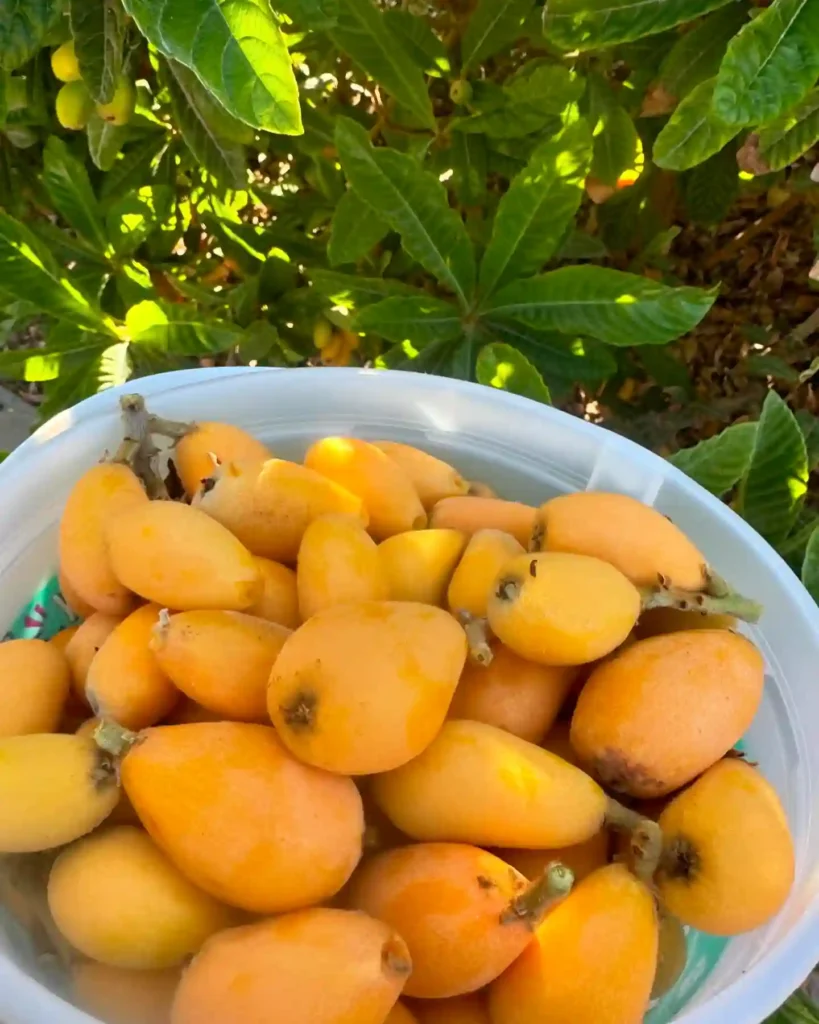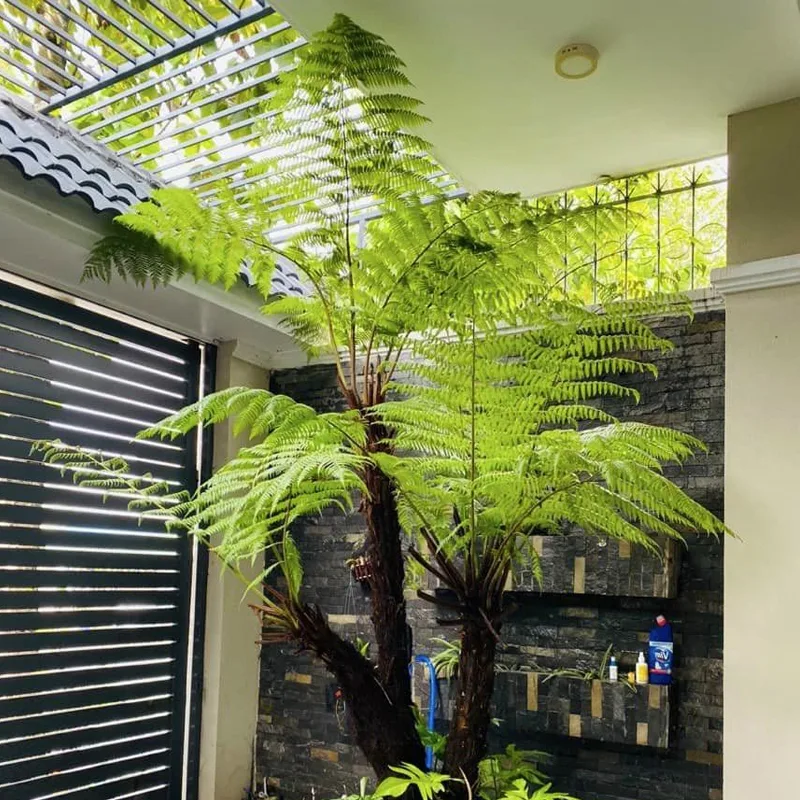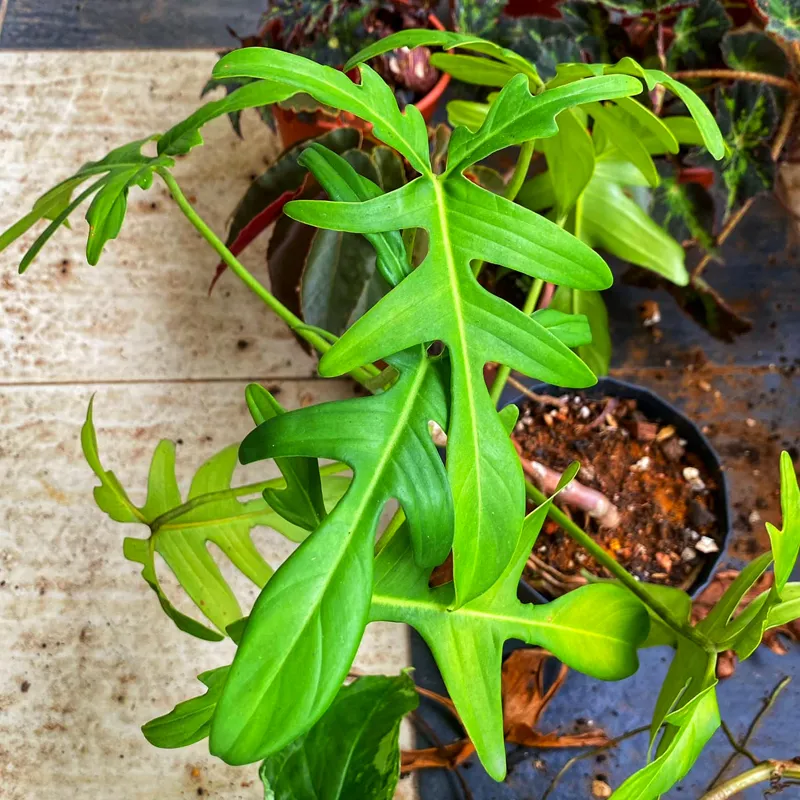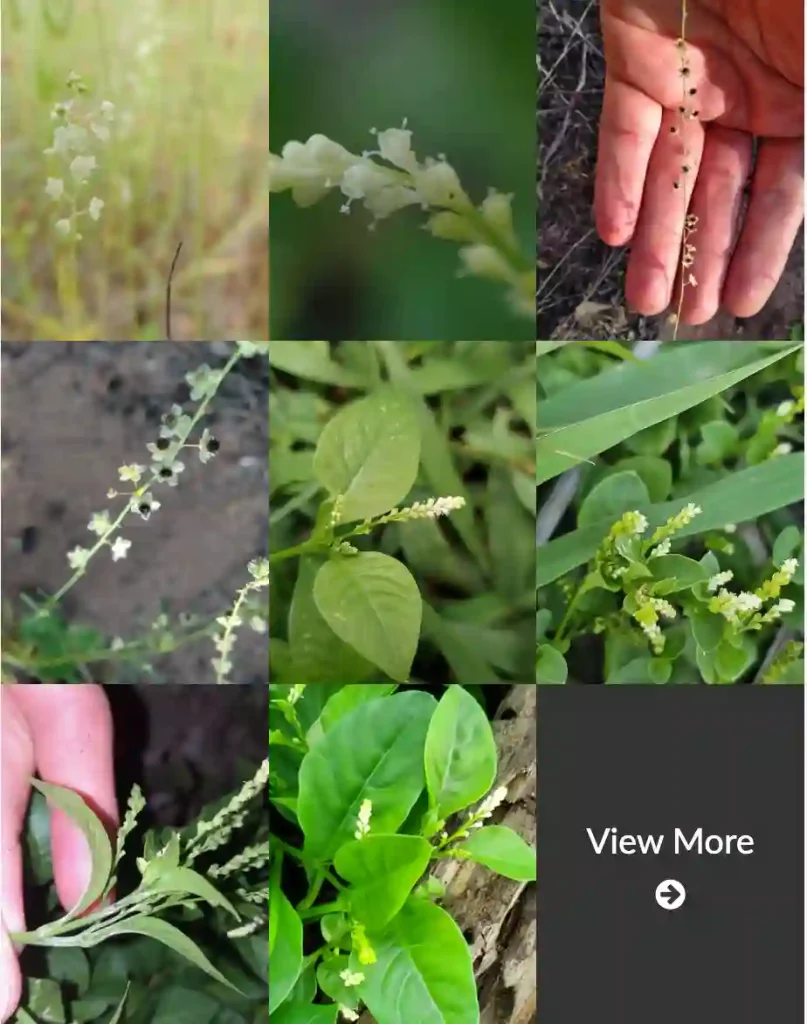What is Asplenium Bulbiferum?
For years, my balcony has been a testing ground for various plants. Some thrive in the dappled sunlight, others wither under the afternoon heat. But one fern has consistently surprised me with its resilience and unique propagation method: the Asplenium bulbiferum, also known as the mother spleenwort, hen and chicken fern, or – in Maori – pikopiko.
908 Species in Genus Asplenium
This charming little fern has become a conversation starter whenever I have guests over. Their delicate, arching fronds and the tiny plantlets that sprout on them are a constant source of fascination. But beyond its aesthetics, the Asplenium bulbiferum has captured my interest as a gardener for several reasons. Let’s delve into the world of this intriguing fern and explore its characteristics, care requirements, and some interesting facts.
Unveiling the Asplenium Bulbiferum’s Life Cycle: Perennial or Annual?
One of the first questions that popped into my head when I encountered this fern was its life cycle. Is Asplenium bulbiferum a perennial or annual? The answer is – perennial! Unlike annuals that complete their life cycle in a single season, the Asplenium bulbiferum can grace your space for years to come with proper care. Its vibrant green fronds emerge from a central crown, adding a touch of elegance and lushness to any environment.
How to Cultivate a Hen and Chicken Army?
Perhaps the most remarkable aspect of the Asplenium bulbiferum is its unique propagation method. Unlike ferns that reproduce through spores, this fern produces tiny plantlets, called bulbils, on the tips of its mature fronds. These bulbils resemble miniature ferns, complete with delicate fronds. As they mature, the weight of the bulbils causes them to droop and eventually detach from the mother plant. If they land on moist soil, they readily take root and sprout into new ferns – hence the moniker “hen and chicken.”
This natural propagation method makes the Asplenium bulbiferum incredibly easy to share and cultivate. You can simply detach a mature bulbil and pot it in a well-draining potting mix. Alternatively, you can allow the bulbils to detach naturally and watch them self-sow in your garden.
How to care for Asplenium Bulbiferum?
While the Asplenium bulbiferum is a forgiving plant, understanding its preferred environment will ensure it thrives. Here’s what you need to know:
- Light: This fern prefers indirect sunlight or dappled shade. Avoid placing it in direct afternoon sun, which can scorch the fronds.
- Soil: A well-draining potting mix with good organic matter is ideal. Opt for a mixture containing peat moss, perlite, and orchid bark to ensure proper drainage and aeration.
- Watering: Keep the soil consistently moist but not soggy. Water deeply when the top inch of the soil feels dry to the touch.
- Humidity: The Asplenium bulbiferum appreciates moderate to high humidity. Misting the fronds regularly or using a pebble tray filled with water can help maintain the desired humidity level.
Beyond Beauty: Unveiling the Unexpected Uses of Asplenium Bulbiferum
The Asplenium bulbiferum isn’t just a pretty face. In Maori culture, the young fronds (piko) are traditionally used as a food source. They can be steamed or boiled and eaten as a vegetable. It’s important to note that this practice should be done with caution and only with proper identification of the specific fern, as some ferns can be toxic.
What to Plant with Your Asplenium Bulbiferum?
The delicate texture and soft green hues of the Asplenium bulbiferum make it a versatile companion plant. Here are some ideas:
- Air Plants: Tillandsias, with their unique air-clinging nature, add a touch of whimsy when nestled amongst the fronds of the Asplenium bulbiferum.
- Begonias: The colorful blooms of begonias provide a vibrant contrast against the fern’s greenery. Just ensure they receive similar light and watering requirements.
- Peace Lily: Both plants favor similar indirect light and moist conditions, making them harmonious companions.
The Asplenium bulbiferum, with its graceful form, unique propagation method, and surprising versatility, has become a cherished member of my balcony garden. Its ability to thrive with minimal fuss and its constant supply of baby ferns make it a joy for any plant enthusiast. So, if you’re looking for a low-maintenance fern that offers a touch of the extraordinary, consider welcoming the Asplenium bulbiferum into your home.
If i die, water my plants!



